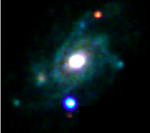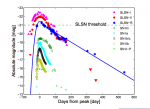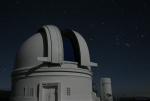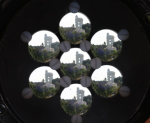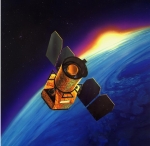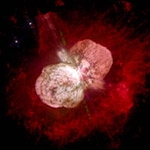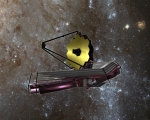Infant Supernovae: the physics of the first hours after explosion
In recent years a major focus of our group is to detect and study supernovae shortly (a day or less) after explosion. Observations during these first hours illuminate fundamental topics about the physics of supernova explosions and the nature of the progenitor stars,



